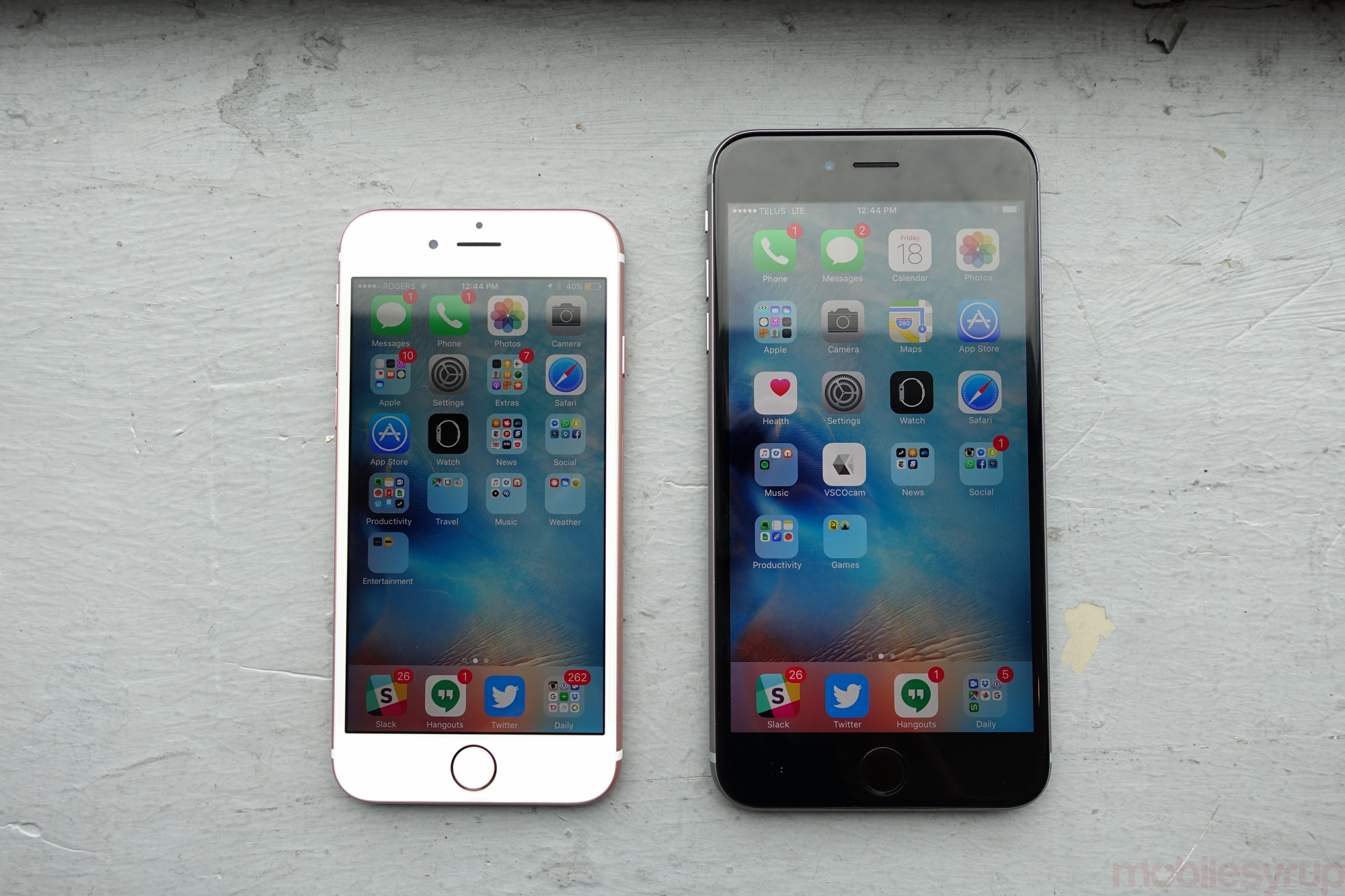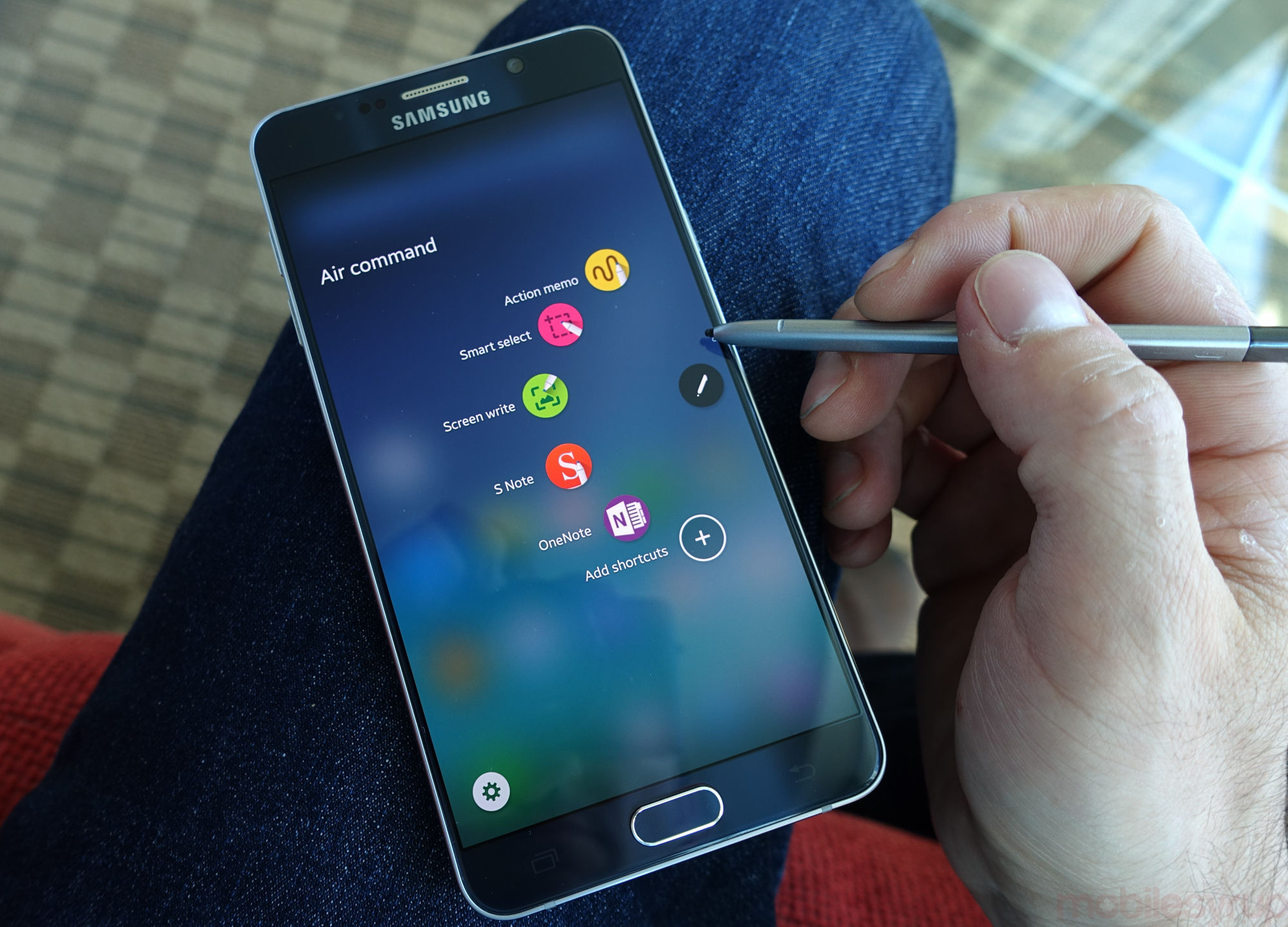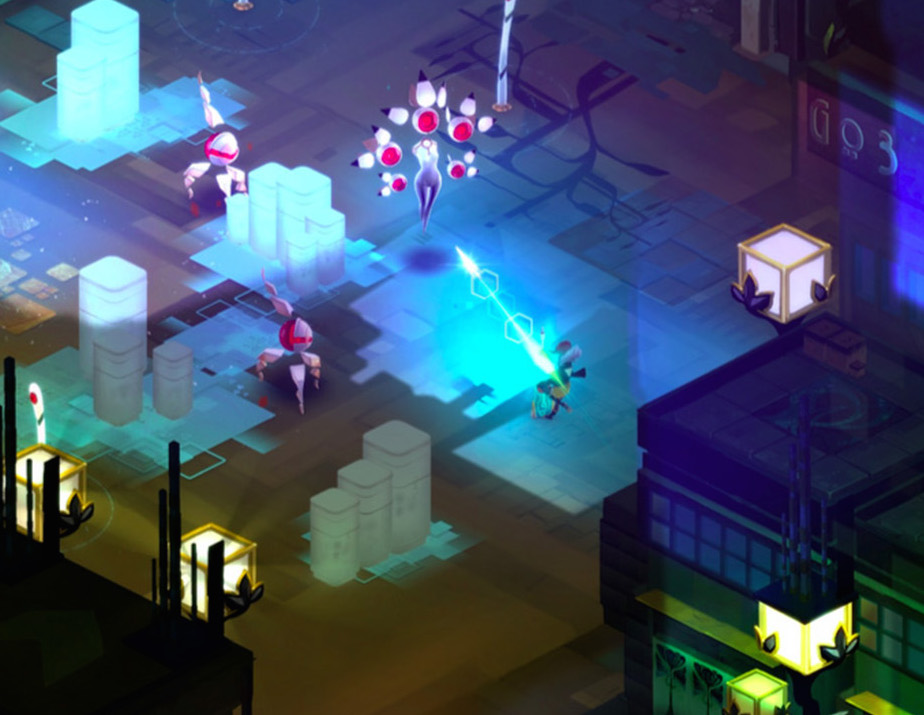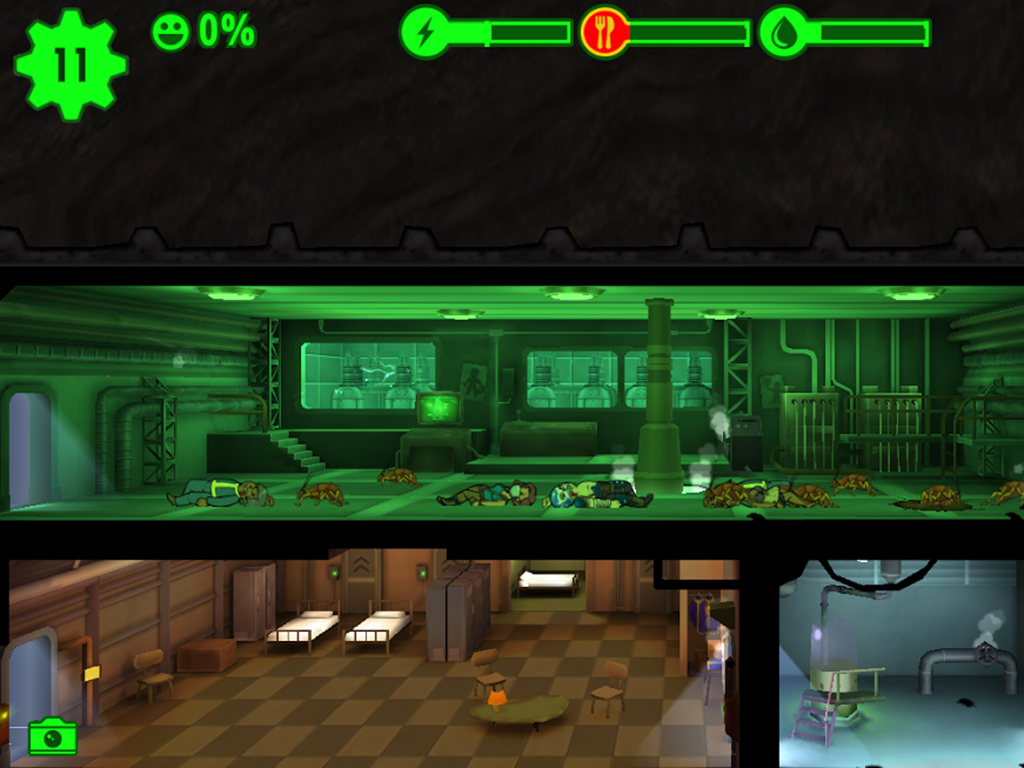
I recall sitting in my friend’s car a few years ago looking at the original Samsung Galaxy Note with contempt. This was supposed to be a phone, not a tablet. Why was it so huge?
“This thing can’t even fit in my pocket,” I complained, ignoring my friend’s claims that the additional screen real estate would be beneficial for people with larger hands, or for those who wanted to consume media and read books on it.
I naively continued, “You can’t even use it with one hand,” while dismissing Samsung’s S Pen stylus and glancing at the quickly depleting battery life of my HTC Desire HD, itself considered huge for a smartphone at the time.
While I eventually grew to understand the benefits of larger smartphones, I dismissed them as not for me.
Oh, how wrong I was.

After using the 5.5-inch iPhone 6s Plus as my daily smartphone for the last month, I finally understand the commotion surrounding so-called phablets.
Whether for gaming, typing out a story, or browsing the web, bigger is better for a variety of ways we use our smartphone today.
The popularity of phablets has grown dramatically since late 2011, with smartphone manufacturers such as Lenovo, LG, HTC, Huawei and Sony racing to release plus-sized devices following the success of the original Galaxy Note. Even Apple, a company notorious for waiting until a technology category reaches maturity before diving in, eventually jumped into the world of phablets with the release of the iPhone 6 Plus in 2014.
A concept that initially seemed ridiculous to me has now become commonplace in the mobile industry. There’s a reason larger phablet smartphones are expected to ship 318 million units by the end of 2015, surpassing the 233 million tablet sales forecasts for the year.
 With devices in the 5-inch range or below – the iPhone 6s and HTC One M9, to name a couple– my fingers often hit the wrong part of their on-screen keyboards, leading to typos and other errors. Browsing the web is also a frustrating task on smaller devices. In comparison, over the last month I’ve written multiple MobileSyrup posts with the iPhone 6s Plus during my lengthy commute to work. Before, I wouldn’t have even attempted to do such a thing.
With devices in the 5-inch range or below – the iPhone 6s and HTC One M9, to name a couple– my fingers often hit the wrong part of their on-screen keyboards, leading to typos and other errors. Browsing the web is also a frustrating task on smaller devices. In comparison, over the last month I’ve written multiple MobileSyrup posts with the iPhone 6s Plus during my lengthy commute to work. Before, I wouldn’t have even attempted to do such a thing.
Touch screens, regardless of their size, may never replace the tactile feel of a physical keyboard, but writing a quick article on my smartphone is now possible thanks to the extra screen real estate featured in the iPhone 6s Plus.

As someone who spends a significant amount of time on his smartphone, phablets’ larger batteries usually provide the extra juice I need to get through an entire day without a charge top-up.
Since switching to the iPhone 6s Plus as my daily smartphone, the battery issues I ran into with the Nexus 4, Nexus 5 and other smaller smartphones – and I spend a significant amount of time mobile gaming, an activity that is notoriously bad for battery consumption – are gone. The 1,035mAh in extra capacity between the iPhone 6s Plus and iPhone 6s – 2750mAh compared to 1715mAh – makes a big difference.
There’s also the argument that larger smartphones can replace tablets altogether. I don’t keep my iPad Mini 4 or Nexus 7 on me at all times because these days I try to carry less. Since I always have the iPhone 6s Plus with me, at least while I test it, a small tablet’s extra screen space doesn’t seem as necessary. Most of a tablet’s benefits are already there, on a smaller, more compact and portable screen sitting in my pocket.
 Gaming is another recipient of the benefits larger smartphone screens offer. In probably 95 percent of cases, playing video games on a larger display is an improved experience. Titles requiring precise movement such as Monument Valley, Prune, Transistor and even Fallout Shelter, are improved on bigger smartphones.
Gaming is another recipient of the benefits larger smartphone screens offer. In probably 95 percent of cases, playing video games on a larger display is an improved experience. Titles requiring precise movement such as Monument Valley, Prune, Transistor and even Fallout Shelter, are improved on bigger smartphones.
Fallout Shelter in particular is great on a smartphone like iPhone 6s Plus because the larger displays allow the player to easily dictate commands to vault dwellers by pinpointing specific locations on the screen. The same can be said about Transistor, a game that’s almost unplayable on a smartphone screens under 5-inches.

With all this said there is one drawback attached to using a larger smartphone. Being forced to use two hands to hold a phablet is often frustrating. I’ve dropped devices like iPhone 6s Plus and Galaxy Note 4 more than once because their widths make it difficult to securely hold with one hand.
The market has spoken, and phablets are the new normal. It took me a while, but I now count myself among the millions of people who have happily transitioned to a phone that a few years ago would have seemed comically large.
MobileSyrup may earn a commission from purchases made via our links, which helps fund the journalism we provide free on our website. These links do not influence our editorial content. Support us here.


